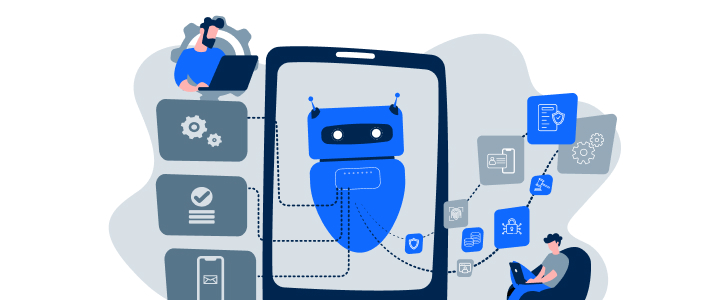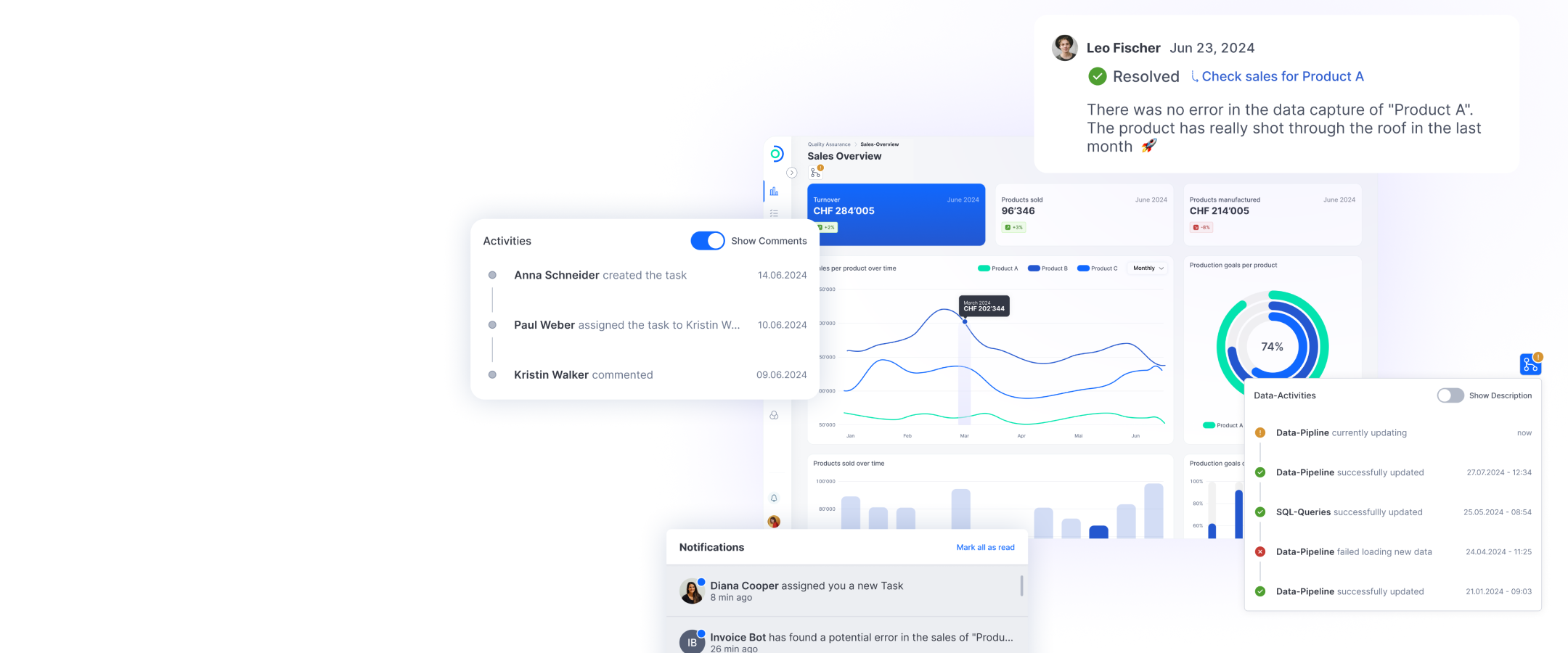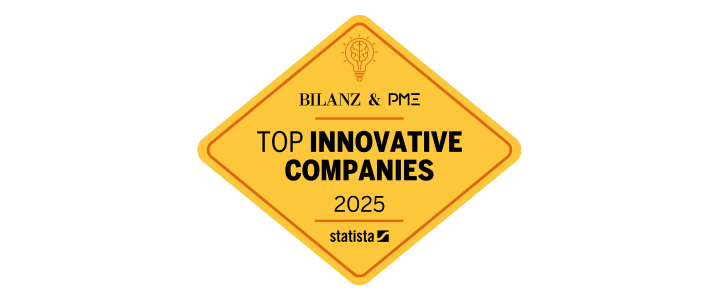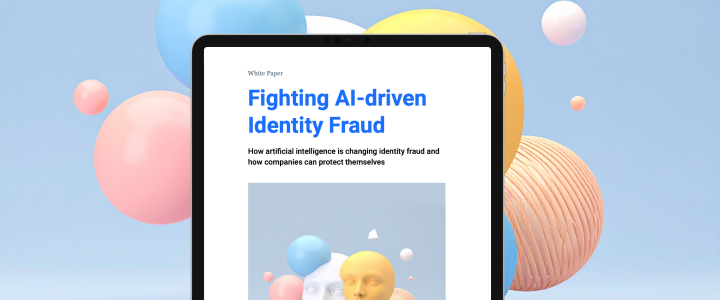Choosing the right agile framework – A quick overview
Over recent decades, agile product development has become the de facto standard for many companies. Companies now have a very diverse landscape of agile frameworks to choose from. Below we’ve put together a quick guide to help you get started.
Our decision tree is designed as a fun way to help you select an agile framework for your project. If you have any comments, please get in touch. We’d be pleased to hear what you think.
The classics among agile frameworks
Scrum and kanban are often used as synonyms for agile product development. Many organizations still use them for individual teams today. These two methodologies form the basis for many other agile frameworks.
Taiichi Ohno developed the first kanban system for Toyota 70 years ago. Many companies still use kanban today to improve the productivity of their teams.
Scrum, on the other hand, is great for handling complex tasks. Its iterative approach is ideal for continuously improving a product and team collaboration.
Scaling at all levels
Sometimes, however, product development requires more than one team. In this case, it’s time to think about a framework for scaling.
Kanban scales well if you add a shared board for all teams.
There are different approaches for scrum teams: scrum of scrums is an easy solution for two to three teams. It encourages teams to collaborate with each other and coordinate their work. If you have up to eight teams, LeSS is a good solution. This framework is based on scrum principles and is closest to the basic idea of scrum. Nexus is a relatively new framework. Ken Schwaber, one of the founders of scrum, developed it. Nexus focuses on minimizing dependencies between teams.
Tried-and-tested frameworks for companies
There are already proven frameworks for scaling agile across an entire company. SAFe is the market leader here. It combines kanban and scrum to optimize productivity within an organization. By contrast, disciplined agile delivery brings different frameworks together and focuses on DevOps in particular.
These are just some of the frameworks for scaling. For a more detailed comparison, I recommend the Agile Scaling Knowledge Matrix, otherwise known as the ASK matrix.
Frameworks that combine Agile and UX
The latest addition to the agile frameworks has evolved from the areas where Agile and user experience (UX) overlap. Design sprints and design thinking are two approaches that completely change the classic stage-gate innovation process. These frameworks help you build prototypes quickly and iteratively. You can then test them with customers and users.
What’s next for agile frameworks?
People ask me this question all the time. I think that organizations will start applying agile frameworks in even more situations. I expect to see more blending of disciplines, as has already happened with Agile and UX.





